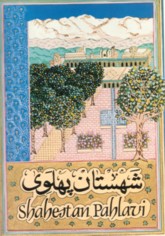

More than a third of Shahestan Pahlavi will be open space
– plazas, formal parks, and gardens within the denser, central section
and larger, more natural green spaces on the surrounding ridge and valley
system. Here, three residential areas of mid-and low-rise housing with related
social and community facilities will bring Shahestan Pahlavi’s total
population to 50,000.
Shahestan Pahlavi mentioned in an article by Newsweek of, February 10, 1975
The extent to which the oil producers plan to use
petrodollars to finance internal development is not
sufficiently appreciated in the U.S., according to American officials. “The
Shah of Iran has committed his next three
years of revenue to the end,” reported one Treasury
Department expert. Among other things, the Shah has
announced a $5 billion scheme to build a 2-square mile
“city within a city” in Tehran as part of his dream of
making Iran’s capital a major world city.
Projects like these are more than matters of national pride. A central concern
among Mideastern leaders is what
happens when their oil runs out – and that will occur in
twenty years for some producers – or when the West no
longer needs it. To guard against the economic ruins that
day could bring, they are embarking on a program of
industrialization that they hope will carry them safely into
the next century. At the same time, they are trying to
encourage a growing interdependence between themselves and the West, investing
in Europe and America in such a
way as to make sure that the already industrialized nations
will remain oriented to Mideast development needs for a
long time to come.

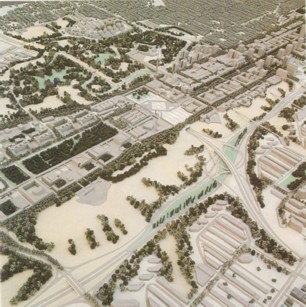
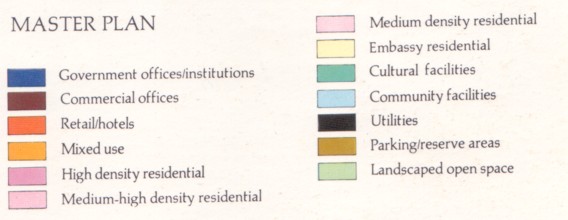
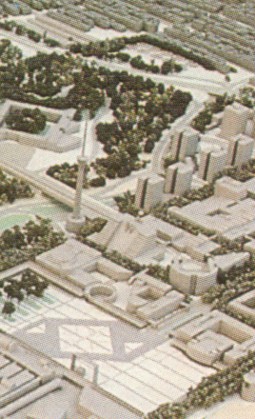
TTT - Tehran
Telecommunication
Tower is the only
project that after many
cut backs and scaleing
down may be
completed in the near
future, with nearly
twenty years of delay!
(left picture)
TTT's new project under
Bygging-Uddemann
AB
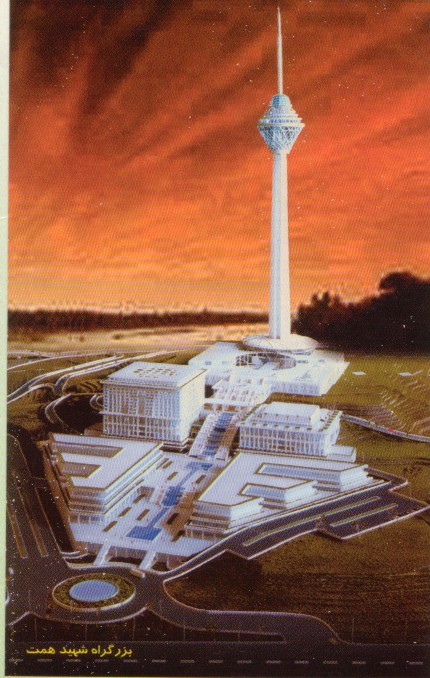

From left to right
1 .Toronto 553.3 m
2. Moscow 533.3 m
3. Shanghai 460 m
4. Tehran 437m
5. Kulalampour 420 m
6.
7.
8. Alma Atai 370 m
9. Berlin 362 m
10. Tashkand 357 m
11. Frankfurt 3321 m
12.Munich 290m
13. Hamburg 271.5 m
